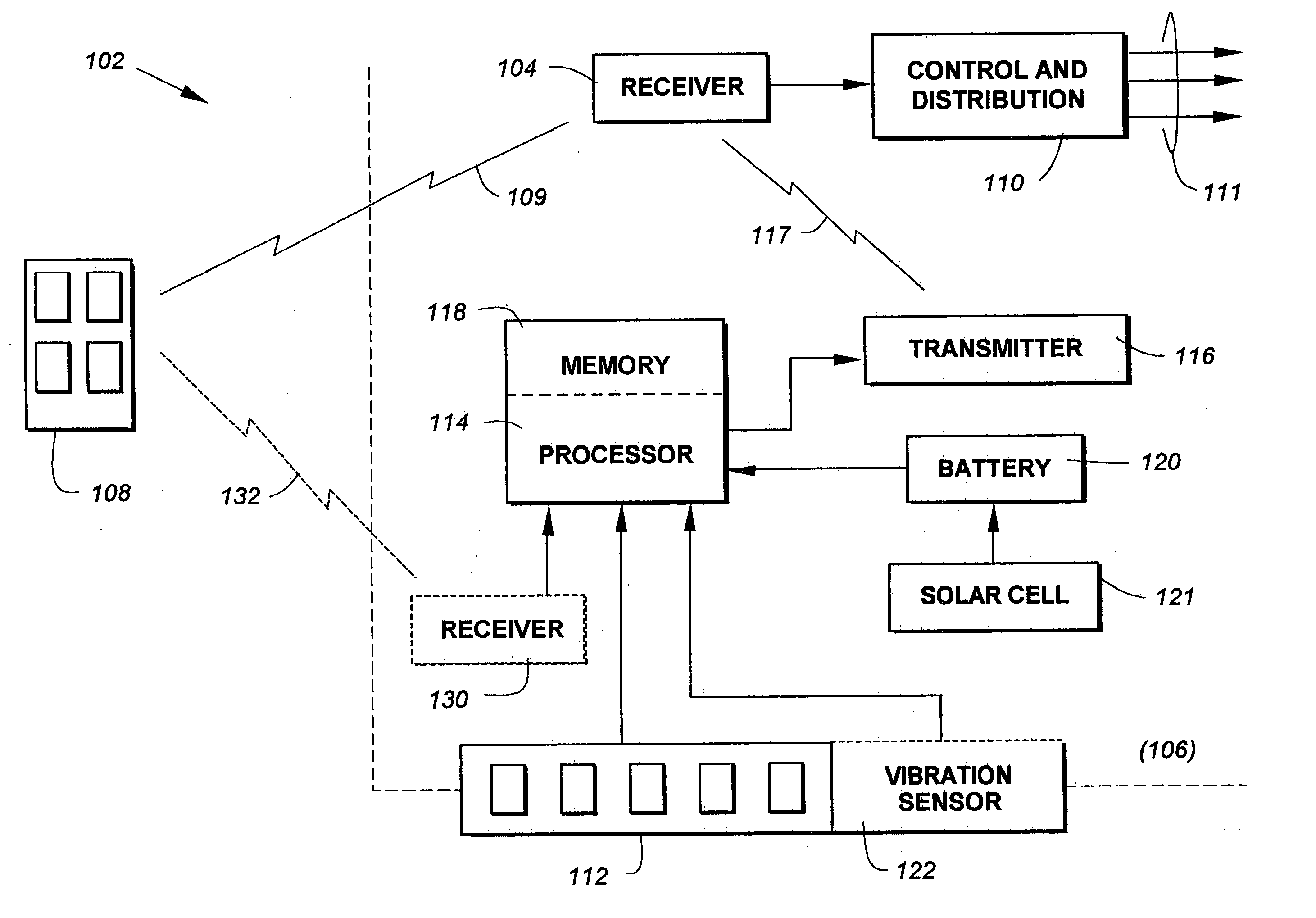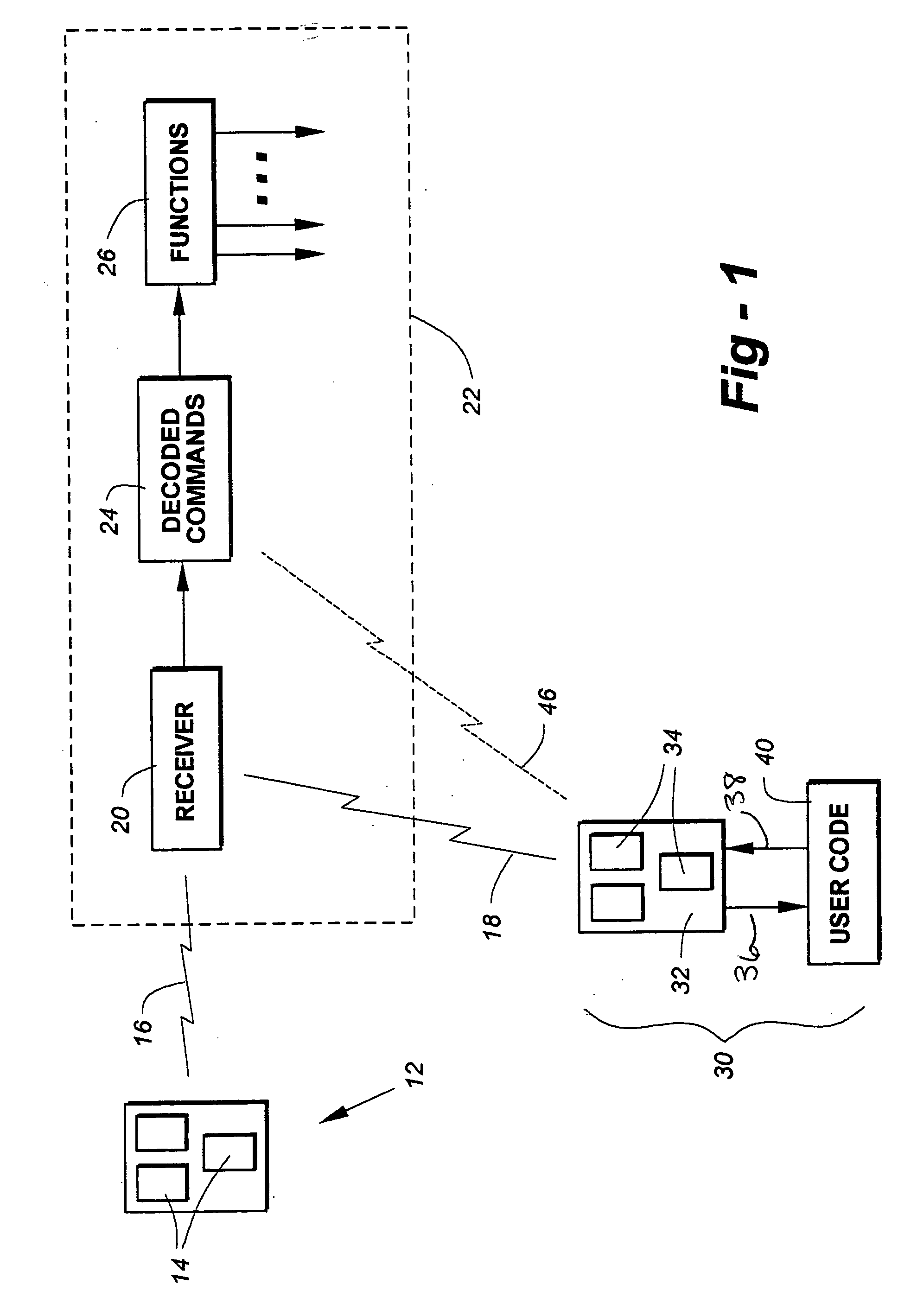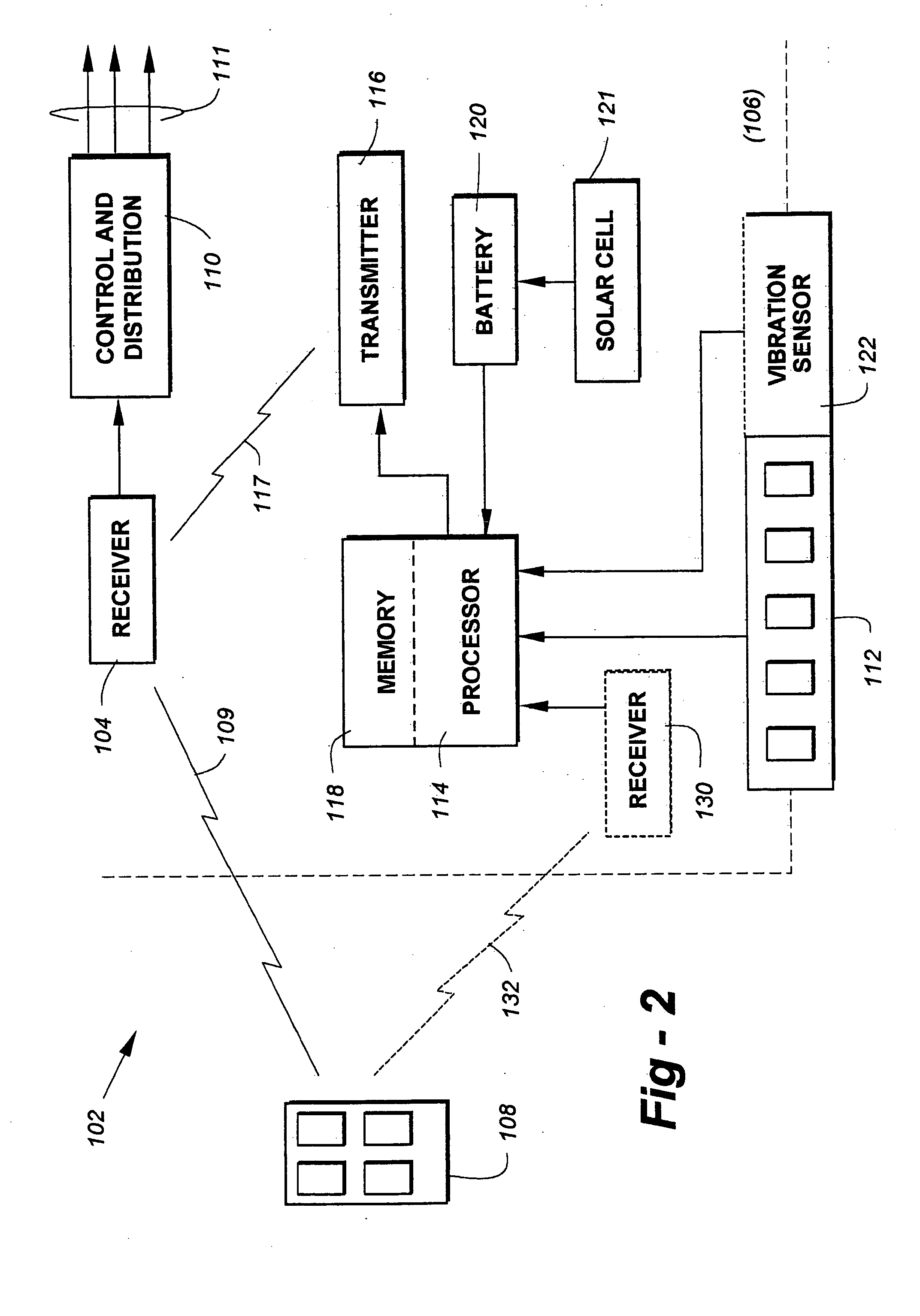Passive entry systems for vehicles and other applications
a technology for vehicles and other applications, applied in the field of wireless command systems, can solve the problems of patent failure to disclose the general use of keys, the failure of patent disclosure of vehicle mounted keypads, and the use of keys operable, so as to prevent false activation, increase power consumption, and preserve battery power.
- Summary
- Abstract
- Description
- Claims
- Application Information
AI Technical Summary
Benefits of technology
Problems solved by technology
Method used
Image
Examples
Embodiment Construction
[0022]FIG. 1 is a block-diagram drawing used to introduce apparatus relevant to the invention, and to explain important functions made possible by the apparatus. The invention is configured for use in conjunction with a receiver 20 of wireless command signals 16 which may emanate from a portable control device 12 having one or more buttons 14. The receiver 20 is typically associated with the entry or operation of a system such as a vehicle 22, though it will be appreciated by one of skill in the art that the invention is equally applicable to other situations and environments such as home security, garage-door control and so forth.
[0023] Particularly in vehicular applications, the controller 12 may take the form of a hand-held “fob,” having button such as LOCK, UNLOCK, PANIC, and so forth, though as explained in further detail elsewhere herein, the invention is not limited in terms of the number or types of commands output by the device 12, or recognizable by the receiver 20. These...
PUM
 Login to View More
Login to View More Abstract
Description
Claims
Application Information
 Login to View More
Login to View More - R&D
- Intellectual Property
- Life Sciences
- Materials
- Tech Scout
- Unparalleled Data Quality
- Higher Quality Content
- 60% Fewer Hallucinations
Browse by: Latest US Patents, China's latest patents, Technical Efficacy Thesaurus, Application Domain, Technology Topic, Popular Technical Reports.
© 2025 PatSnap. All rights reserved.Legal|Privacy policy|Modern Slavery Act Transparency Statement|Sitemap|About US| Contact US: help@patsnap.com



